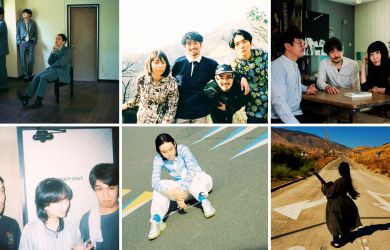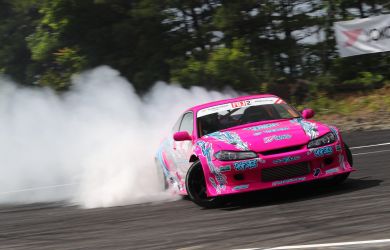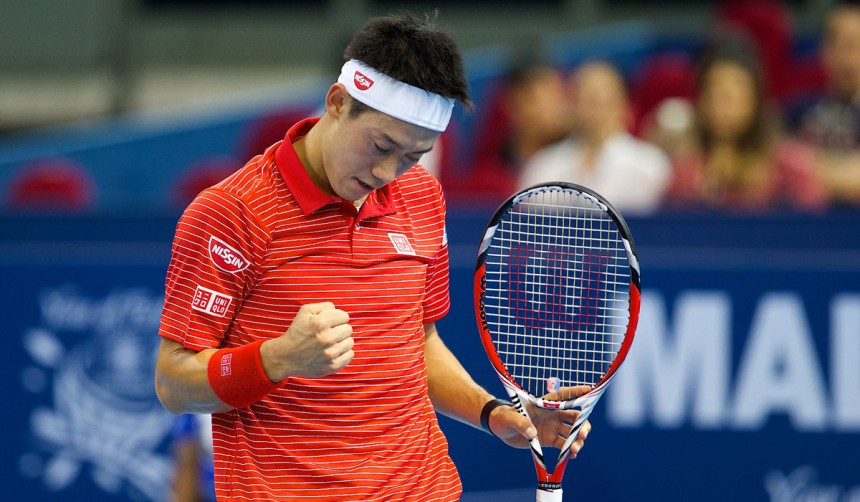
January 23, 2015
The Reinvention of Kei Nishikori
Japan’s tennis phenom rises above the pack
By David Cox
One of the most compelling aspects of sports is the window it provides into the human psyche. Tennis, with its intense, gladiatorial nature, is rivaled by few other pursuits in its ability to dissect a person’s character over the course of a contest. The leading players not only probe for weaknesses in an opponent’s technique, but in their personality—searching for hidden chinks that only emerge deep in a fifth set, or at 5-5 in a tiebreaker. To reach the top, it’s often necessary to reinvent yourself—to make those vulnerabilities a little harder to find.
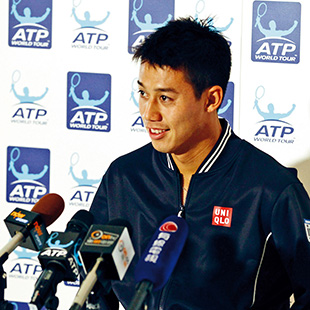
Kei Nishikori understands all about reinvention. As he discusses with Metropolis his journey to become the first Japanese player to reach a Grand Slam final, he explains it was a question of changing the way he saw himself.
“When I was a junior, I just played. I didn’t think too much, so I could play good tennis with anyone. But once I turned pro, I had too much respect for everybody—especially the top players. It was a big problem. You need to be really mentally strong against them, and the first time I played Roger [Federer], I could barely play as I respected him too much. I wasn’t even going for the win; I was just playing against my idol.”
From a shy, introverted 20-year-old just happy to be on the tour, Nishikori has gone on to discover something of a strut as a 25-year-old with ambitions of emulating Li Na, Asia’s first double Grand Slam champion. Body language on court carries a surprising amount of weight, especially against Novak Djokovic and Rafael Nadal—players who latch onto the merest hint of uncertainty.
“Now he walks like he owns the court,” says Dante Bottini, Nishikori’s long-time coach. “He’s pumping himself up more. All of that comes with confidence and being on top.”
It also comes with being relatively injury-free, a rare experience for Nishikori, whose slim, almost fragile physique has buckled all too regularly to the rigors of the tour. In his eyes, it’s simply been a question of working harder.
“It’s about the time I’ve invested in the gym, in rehab, in practice—all the little things,” he says. “Even when I’m playing tournaments, I’m still working in the gym. Perhaps that’s helping. I’ve still had a couple of injuries which cost me some important matches, but at the U.S. Open I played seven matches and went five sets in several of them. My body’s been getting really strong.”
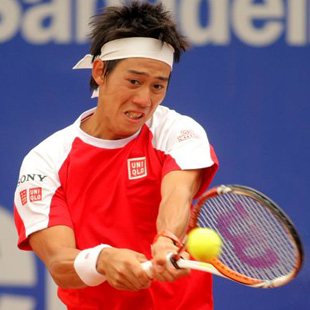
(Photo via 123RF)
Bottini’s slightly shrewder perspective is that Nishikori is learning the limits of his body: What it can and can’t take. He’s no longer afraid of breaking down, so he’s pushing himself harder. Part of that came from the sage words of Michael Chang, the former French Open champion who’s added a touch of “zen master” to the Nishikori camp.
“I love how he thinks,” Nishikori enthuses. “When we talk to each other, I try to get into his mindset. He knows how I should play. We’re very similar in build.
“Now I’m a little more aggressive than before—more solid from the baseline. I feel that anything I hit is going for a winner, forehand and backhand. Before I got injured, I was really excited about the way I was playing on clay last year. And I concentrate better. Michael helps me stay focused and not get too frustrated.”
Like Chang, Nishikori’s slick wrists and quick reflexes help him more than hold his own against the game’s many giants. However, his opponents have come to respect the lethal power he can generate.
“I’ve always liked his backhand because he hits it so easily and smoothly, but his forehand has always been the weapon,” Bottini says. “That was the shot with which he’d always finish the point, or try to get the other guy in trouble, ever since we started. And this year he’s been hitting it really, really well.”
While Chang’s made a few technical tweaks, particularly on the serve—which went from being a means of starting the point, to a real weapon—taking Nishikori into the world’s top five has been more about increasing his belief than overhauling his game.
Bottini pinpoints a couple of moments in 2014 when he noticed a sudden, significant change in Nishikori’s mindset: His fourth-round Australian Open loss to Rafael Nadal, when Bottini notes that “obviously he was upset that he lost, but he totally believed that he could beat him;” and his semifinal run at the Miami Masters, beating Grigor Dimitrov, David Ferrer and Federer along the way.
Interestingly, neither Bottini nor Nishikori mention the U.S. Open, where he beat Milos Raonic, Stanislas Wawrinka and Novak Djokovic to reach the final. It may have been a momentous achievement, but neither felt he played his best tennis, even when defeating Djokovic in five sets.
“I look more at his mentality and his determination in that match than the quality of his game,” Bottini says.
Nishikori reveals he had lost the fear he once felt when facing tennis’ icons on big stages even before the U.S. Open. “I used to feel that—definitely a couple of years ago, and even in 2013—but not anymore. They’ve been there for a long time, doing many things better than the rest of us. But things are changing—I don’t have to respect them so much. I’m much calmer and I have things in my game they don’t have.”
Does he think his rivals have developed an increased fear when they see his name in their section of the draw? “They maybe respect me more now, but that means they also research me more. And that means I need to keep working to stay where I am.”
